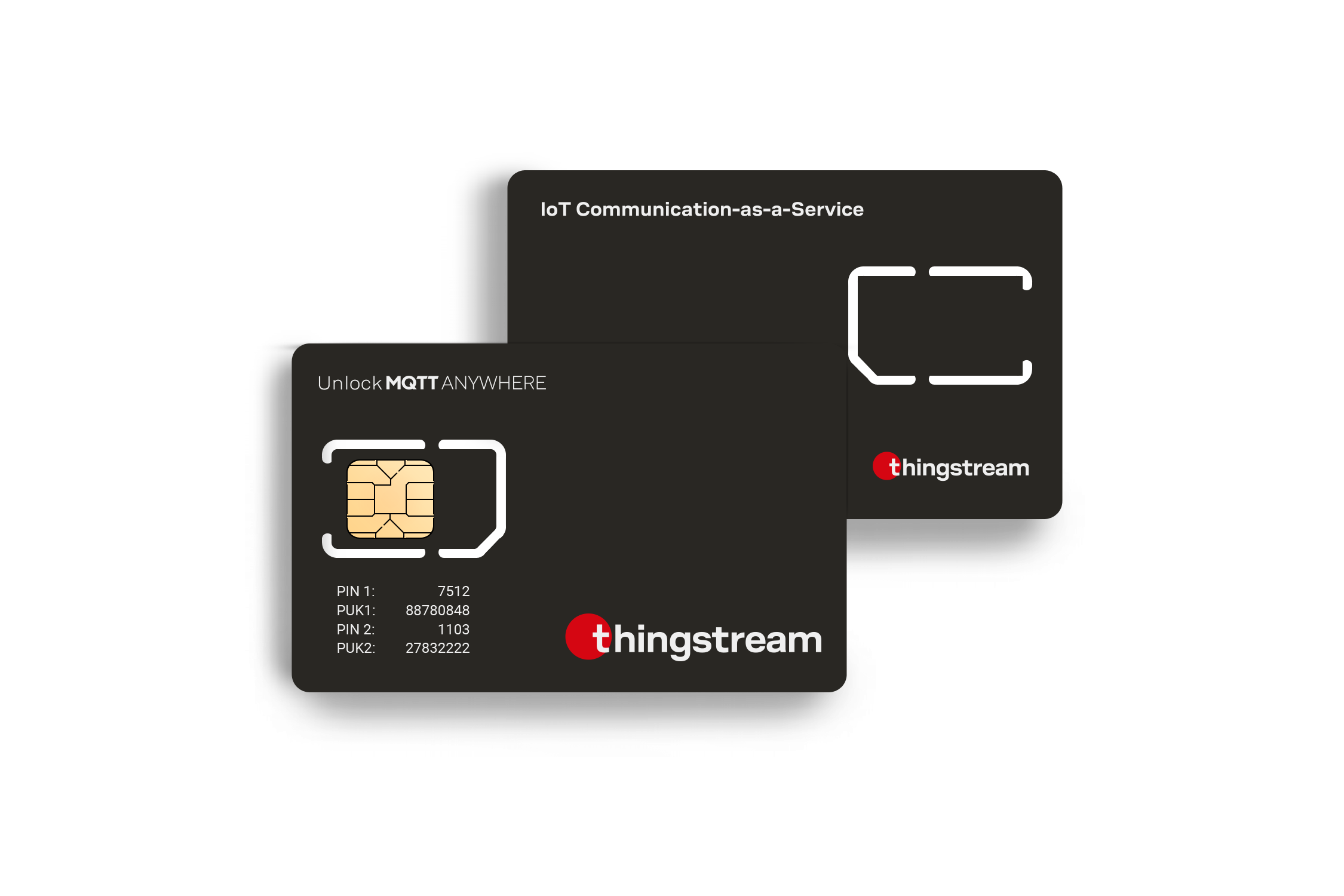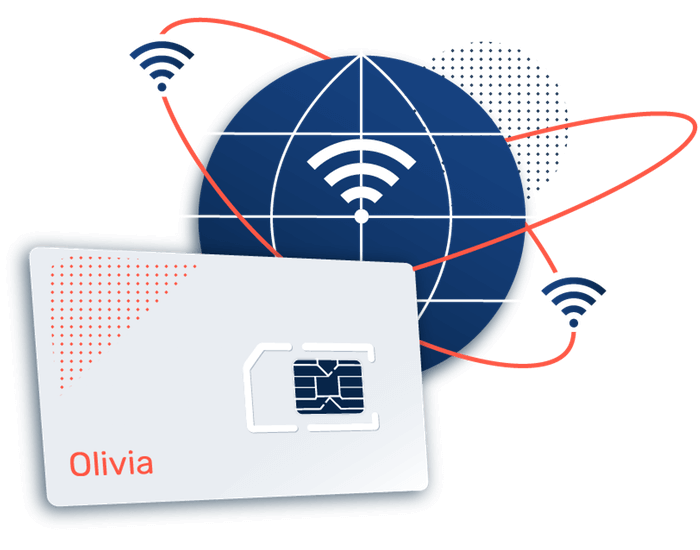Wireless IoT Connectivity SIM Card Solutions for IoT Connectivity
Wireless IoT Connectivity SIM Card Solutions for IoT Connectivity
Blog Article
Connectivity Technologies In IoT Subscriptions for IoT Connectivity SoC
The emergence of 5G expertise is significantly altering the landscape of Internet of Things (IoT) connectivity, enabling a plethora of functions that were as quickly as solely theoretical. As the demand for seamless and rapid communication grows, 5G presents an answer that addresses the constraints of previous generations of wireless networks. The enhanced bandwidth, decreased latency, and more reliable connections provided by 5G facilitate a model new era of interconnected devices.
IoT, by its very nature, thrives on connectivity. Millions of sensors, actuators, and units are continually communicating data to one another and to centralized techniques to allow automation and improve operational efficiencies. Current 4G networks often wrestle to handle the vast portions of knowledge generated by these devices, leading to connectivity points that can hinder performance. 5G, with its advanced know-how, alleviates many of those issues and promotes a more strong ecosystem.
One of probably the most important advantages of 5G technology is its ultra-low latency. Network latency refers to the time it takes for knowledge to journey from its supply to its destination and back again. In a world where devices need to communicate instantaneously—such as in industrial purposes, autonomous autos, and distant healthcare—this characteristic turns into critical. With latencies as low as one millisecond, 5G allows for real-time data processing and decision-making.
The increased capacity of 5G networks means probably more units can connect seamlessly without sacrificing connectivity quality. This is particularly crucial for smart cities, where numerous devices similar to visitors lights, surveillance cameras, and environmental sensors have to function in harmony. The ability to connect up to a million gadgets per sq. kilometer represents an astounding leap ahead, paving the way for smarter, extra efficient urban environments.
Connectivity Management IoT Benefits and Use Cases of Connectivity Technologies
Enhanced knowledge rates are one other revolutionary side of 5G expertise. Speeds can attain up to 20 Gbps, which is drastically greater than what 4G offers. This elevated bandwidth permits for quicker uploads and downloads of large recordsdata. Industries that rely on extensive information transfers, corresponding to healthcare, are set to profit immensely. Remote surgeries, the place real-time video feeds are obligatory, and diagnostics that require instant information switch can benefit from this newfound velocity.
Reliability and stability are essential not only for personal devices but additionally for crucial infrastructure. In sectors like healthcare, finance, and smart grid management, the repercussions of community failures can be dire. 5G technology goals for a higher stage of reliability, aiming for a connection success price of up to ninety nine.999%. This degree of belief in network efficiency will drive elevated adoption of IoT in mission-critical applications, the place downtime is not an possibility.
Cloud Connectivity In IoT Pros and Cons of Top IoT Connectivity Technologies
Security is paramount in any network protocol, extra so in IoT where units are more and more targeted by cyber threats. With the implementation of 5G, there are improved safety features and protocols designed to protect sensitive information. End-to-end encryption, improved authentication, and network slicing permit for safer and segmented environments. This is particularly essential for sectors like finance and healthcare, the place data integrity and confidentiality are essential.

As 5G technology becomes extra widespread, the potential for innovation grows exponentially. Companies are already exploring use cases that leverage the capabilities of 5G-empowered IoT. Smart agriculture, for example, promises improved crop management by way of sensors that monitor soil health and weather patterns. The data collected can be transmitted in real time, enabling farmers to make informed choices rapidly, resulting in greater yields and lowered waste.
IoT Connectivity Products M2M Connectivity Solutions in IoT
The transportation sector can additionally be poised for transformation - IoT Sim Connectivity. Connected automobiles that talk with traffic methods, different vehicles, and even pedestrians can significantly improve traffic administration and security. Real-time data trade can analyze driving situations and assess dangers, leading to proactive visitors management learn the facts here now measures that cut back congestion and accidents.
The realm of smart homes may also expertise a paradigm shift because of 5G. Devices ranging from smart thermostats to safety cameras will profit from quicker response times and better overall performance. Home automation is not going to only be more efficient but may also combine extra functionalities, making homes smarter in real time. The quality of life shall be enhanced as inhabitants can handle their environments extra successfully.
With all these advancements, ecosystem collaboration turns into more and more vital. The profitable implementation of 5G IoT options is dependent upon sturdy partnerships between technology suppliers, system manufacturers, and regulatory our bodies. Open communication and coordinated efforts will permit stakeholders to navigate the challenges posed by the transition to 5G. For businesses and builders trying to innovate, this collaborative spirit will enable them to harness the total potential of 5G.
IoT Connectivity Sim Overview and Definition of IoT Connectivity
In conclusion, the transformation led to by 5G know-how is not just a development but a basic shift that will reshape the IoT panorama. The convergence of enhanced speed, decreased latency, improved reliability, and better safety will drive innovation throughout numerous industries. As the world moves in direction of a extremely interconnected future, industries should embrace these modifications, laying the groundwork for smarter cities, improved healthcare, automated transportation, and quite a few other functions that will redefine everyday residing and work.
- 5G networks considerably cut back latency, enabling real-time communication between IoT devices for purposes like autonomous autos and smart cities.
- With enhanced bandwidth, 5G supports the next density of connected units, facilitating the expansion of smart homes and industrial automation.
- The energy efficiency of 5G expertise allows IoT units to preserve battery life, extending their operational length and decreasing maintenance prices.
Internet Connectivity In IoT Security and Connectivity in IoT
- Ultra-reliable low-latency communication (URLLC) in 5G ensures seamless performance for mission-critical IoT applications, similar to distant surgical procedure and critical infrastructure monitoring.

- Network slicing in 5G allows the creation of customized virtual networks, enabling different IoT functions to receive tailor-made connectivity, enhancing efficiency and security.
- 5G's broader protection capabilities make positive that IoT gadgets in distant or hard-to-reach areas can maintain constant and reliable connectivity.
Managed IoT Connectivity Services.
IoT Connectivity Companies Importance of Connectivity-as-a-Service for IoT
- The capability to transmit huge amounts of knowledge rapidly with 5G enhances capabilities for data-driven decision-making in sectors like agriculture, healthcare, and transportation.
- IoT-enabled smart sensors profit from 5G's high-speed connections, facilitating extra accurate and timely data collection and analysis for companies.
IoT Cloud Connectivity Security and Connectivity in IoT
- Enhanced security protocols in 5G networks provide better protection for IoT gadgets, reducing vulnerability to cyberattacks and data breaches.
- The integration of edge computing with 5G allows faster processing of data generated by IoT gadgets, optimizing performance and enabling faster responses to altering situations.
What is 5G and the way does it relate to IoT connectivity?undefined5G, the fifth era of wireless technology, offers considerably sooner speeds and decrease latency compared to earlier generations. This enhances IoT connectivity by enabling units to communicate effectively and in real-time, facilitating developments in purposes similar to smart cities and automated industries.

How does 5G enhance the performance of IoT devices?undefined5G increases bandwidth and reduces lag, allowing IoT units to transmit bigger volumes official source of data shortly and reliably. This results in more responsive purposes, minimizing delays that may have an effect on real-time decision-making in crucial sectors like healthcare and transportation.
IoT Connectivity Comparison Understanding the Internet of Things
What are the key advantages of utilizing 5G for IoT applications?undefinedKey benefits include enhanced velocity, improved capacity for connecting extra gadgets concurrently, decreased energy consumption, and greater reliability. These advantages can drive innovation in numerous fields, including agriculture, energy administration, and concrete infrastructure.
Are there particular industries that can profit the most from 5G-enabled IoT?undefinedIndustries such as healthcare, automotive, manufacturing, and smart grid technology are set to realize considerably. For instance, remote patient monitoring and autonomous automobiles will leverage 5G to offer real-time knowledge processing and improved security options.
Nb-IoT Connectivity Benefits and Use Cases of IoT Connectivity Technologies
How does 5G impression smart cities?undefined5G facilitates the deployment of assorted smart options, like visitors management systems, linked public companies, and environmental monitoring. By offering high-speed connectivity, it allows the mixing and efficiency of urban techniques, resulting in improved quality of life for residents.
What challenges does 5G present for IoT adoption?undefinedChallenges include the necessity for substantial infrastructure investments, potential safety vulnerabilities, and interoperability points among diverse gadgets. Overcoming these hurdles would require collaborative efforts between governments, tech firms, and regulatory our bodies.
Will 5G improve the cost of IoT devices?undefinedWhile 5G know-how may initially raise prices because of advanced hardware requirements, it's anticipated that long-term savings will be realized by way of increased effectivity and lowered operational costs. As 5G becomes extra mainstream, economies of scale might additional decrease prices.
IoT Satellite Connectivity Comprehensive Guide to IoT Connectivity Technologies
How secure is 5G for IoT applications?undefined5G introduces enhanced safety protocols compared to earlier generations, together with improved encryption and authentication measures. However, as with any know-how, ongoing vigilance and security practices shall be important to protect against potential threats.
What position does edge computing play in 5G and IoT?undefinedEdge computing complements 5G by processing knowledge nearer to the source, lowering latency, and alleviating bandwidth congestion. This synergy permits faster decision-making and more environment friendly data dealing with, which is crucial for functions requiring immediate responsiveness.
Report this page